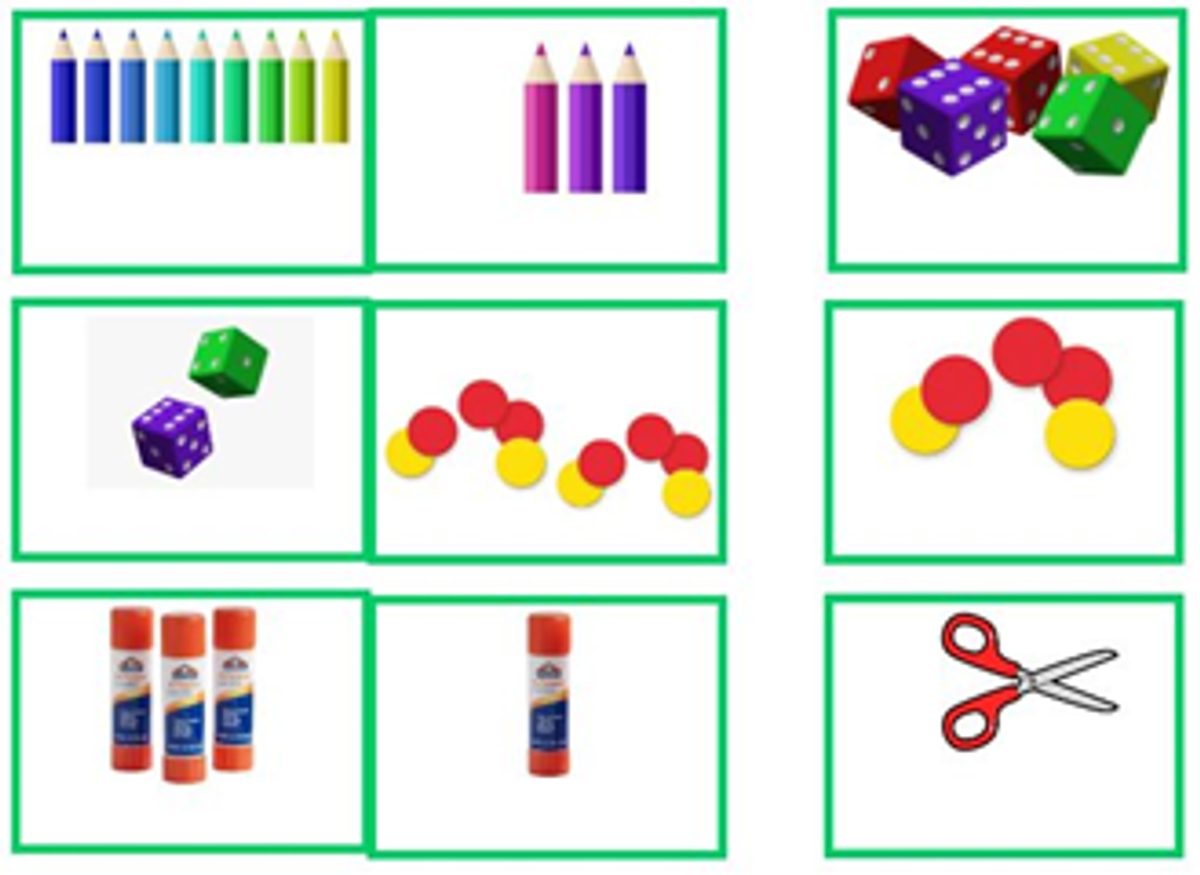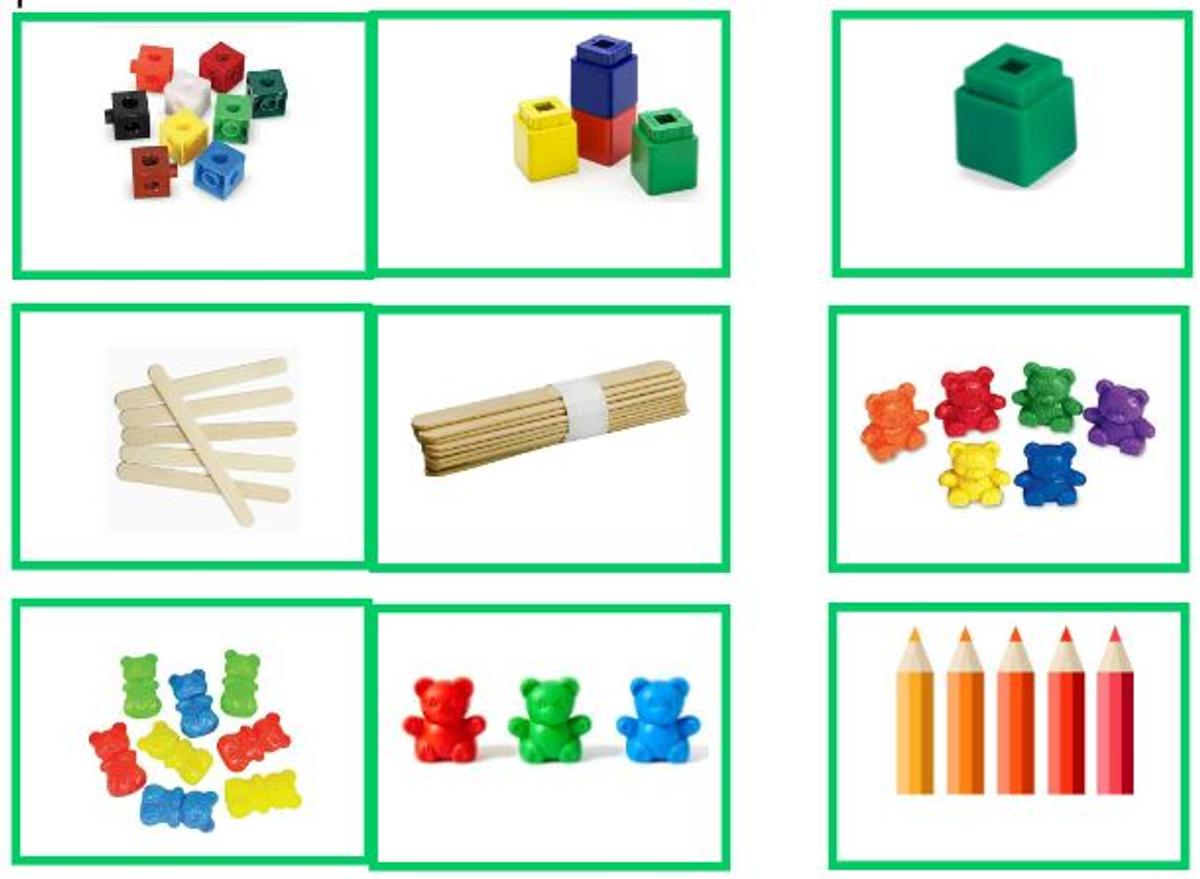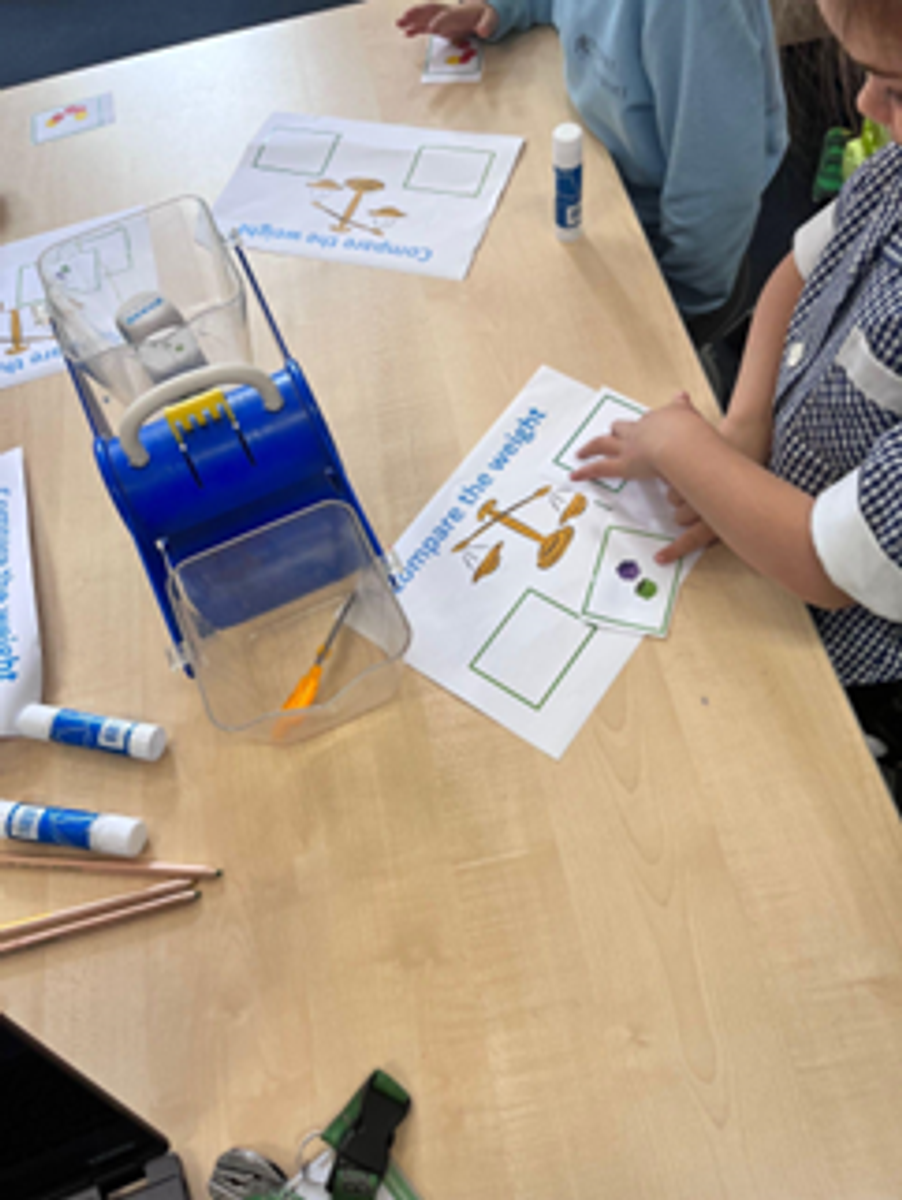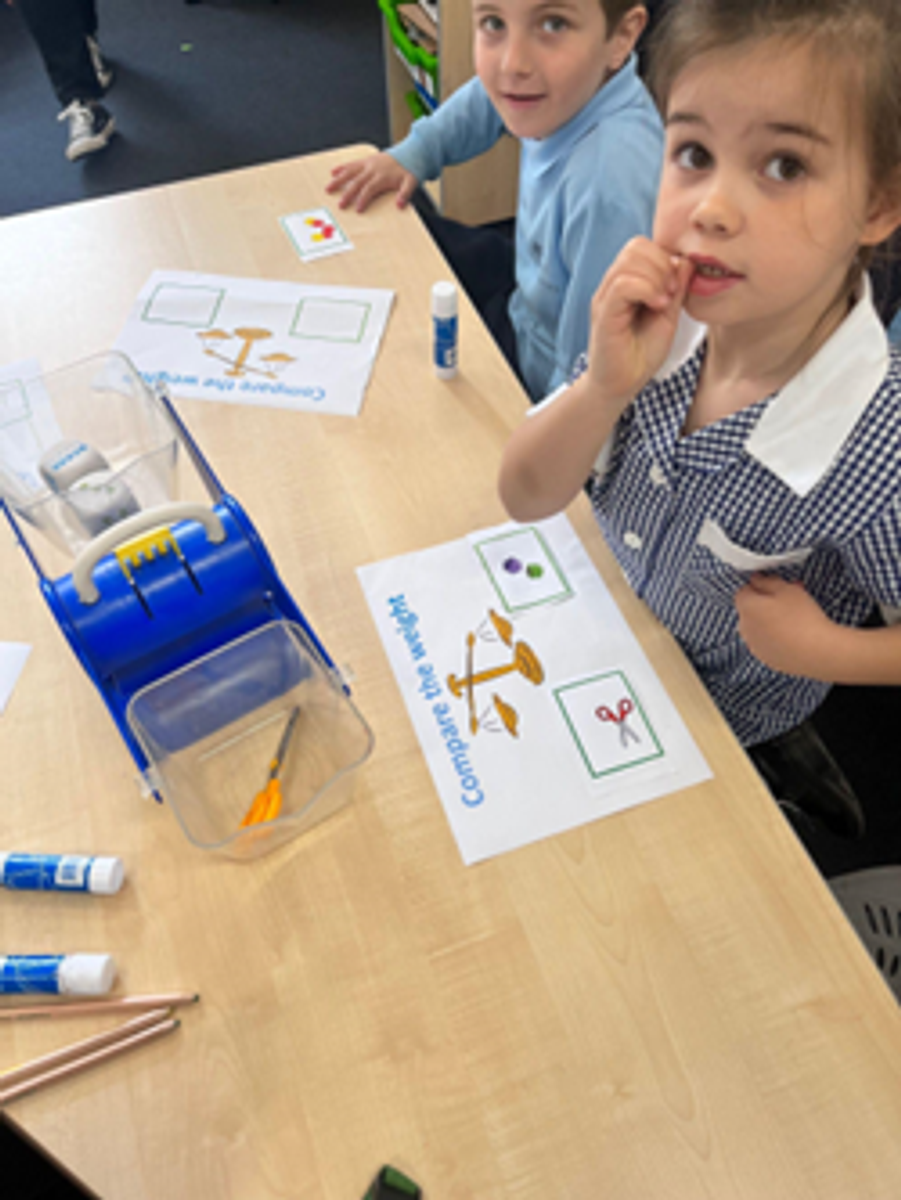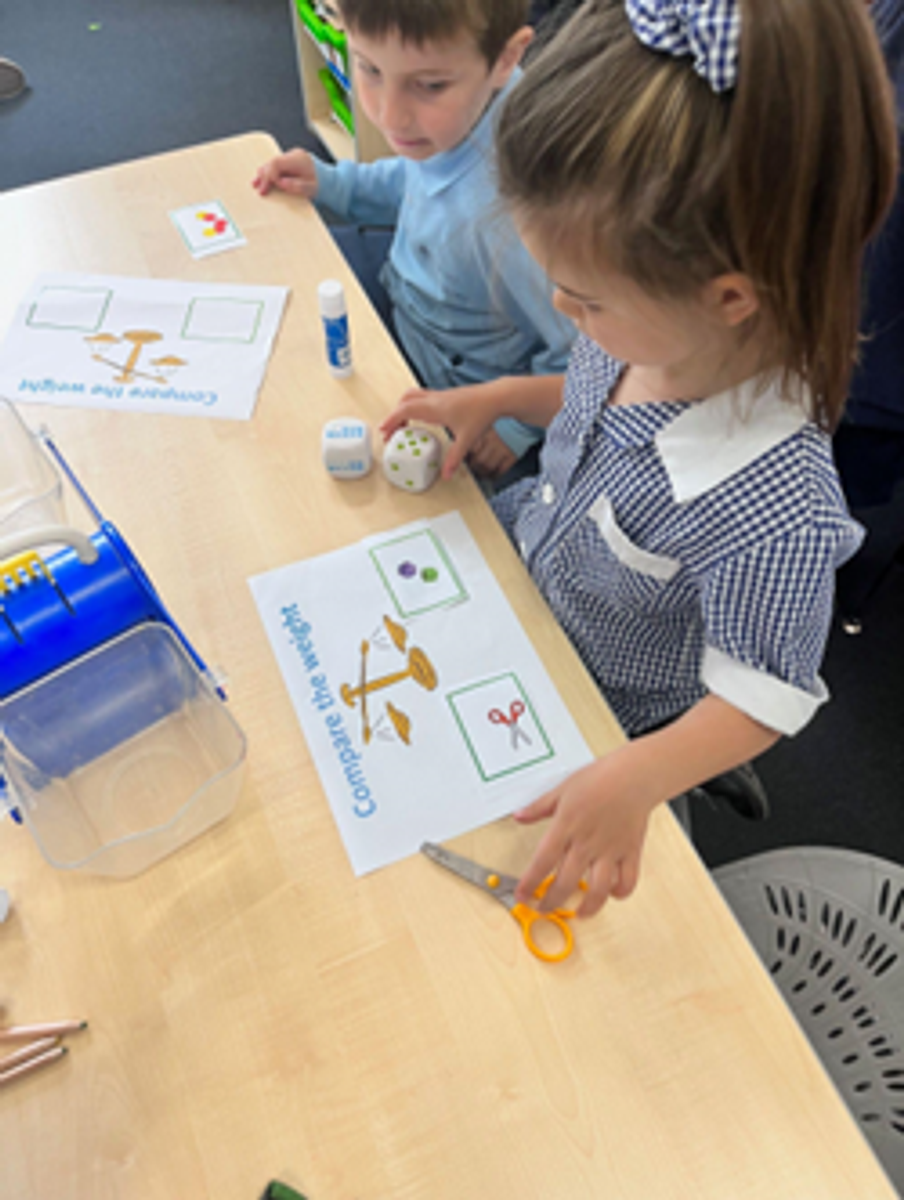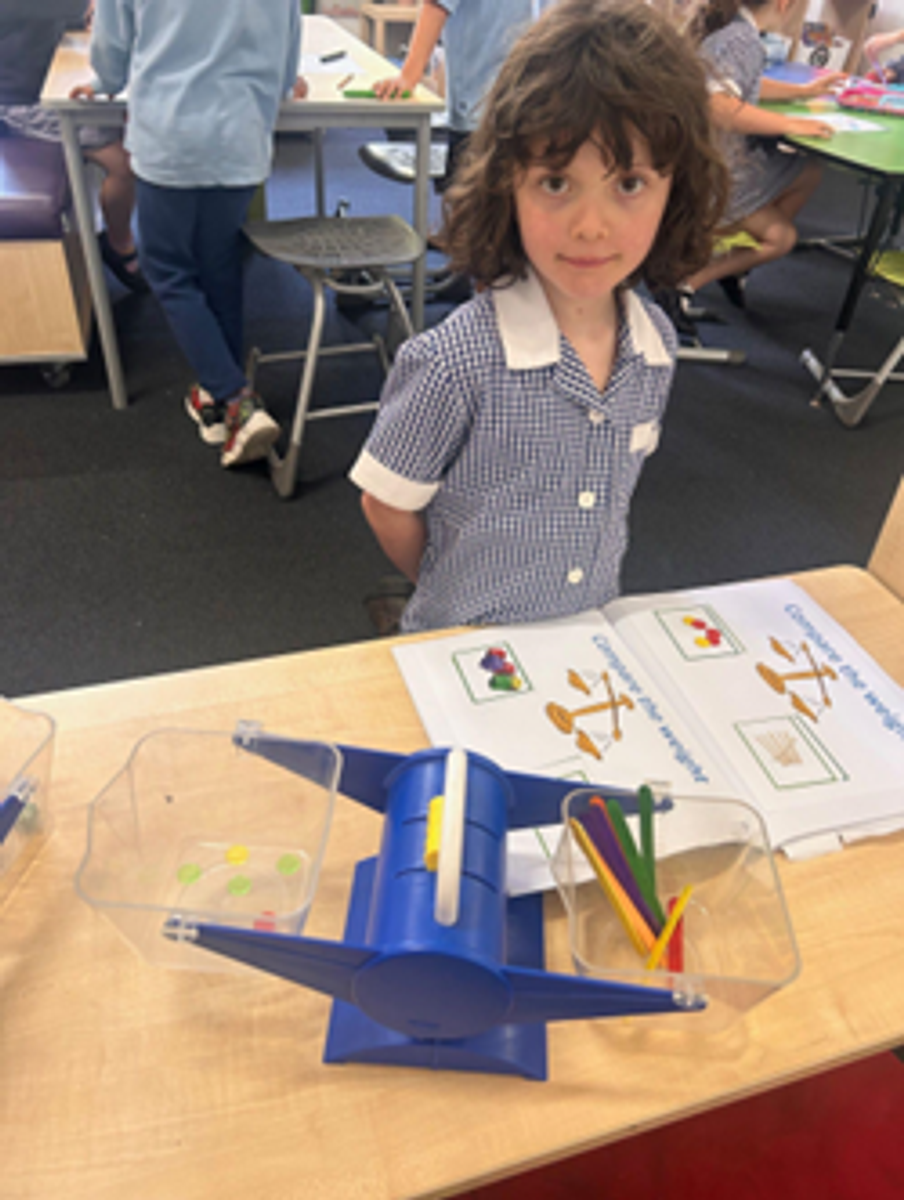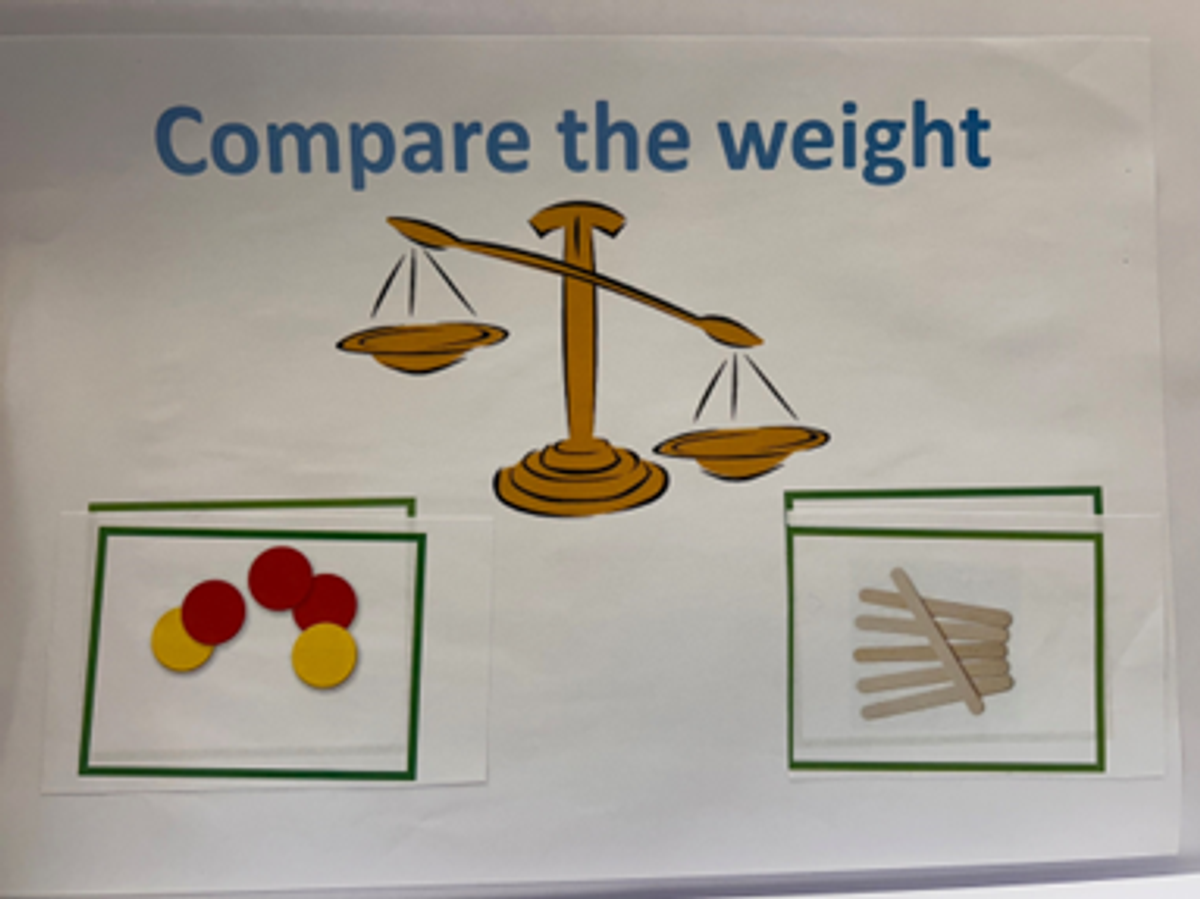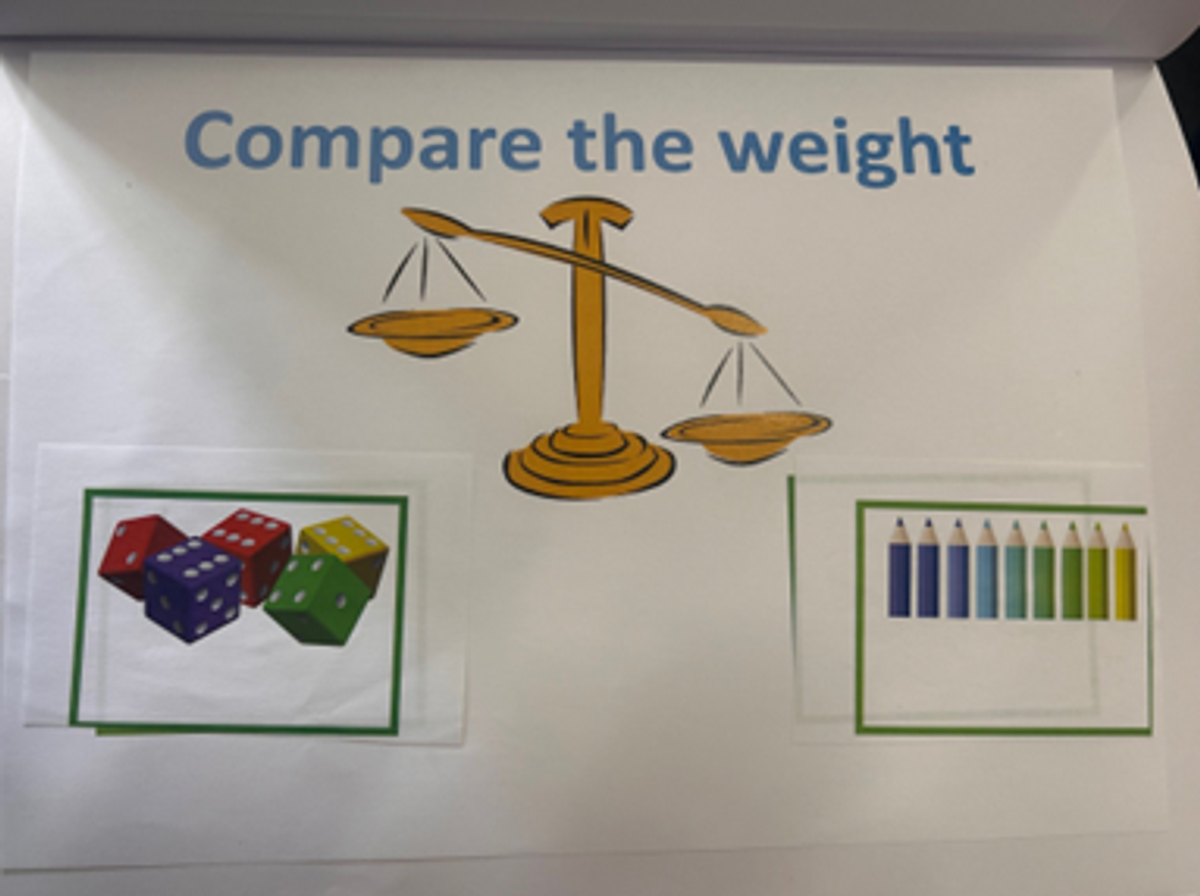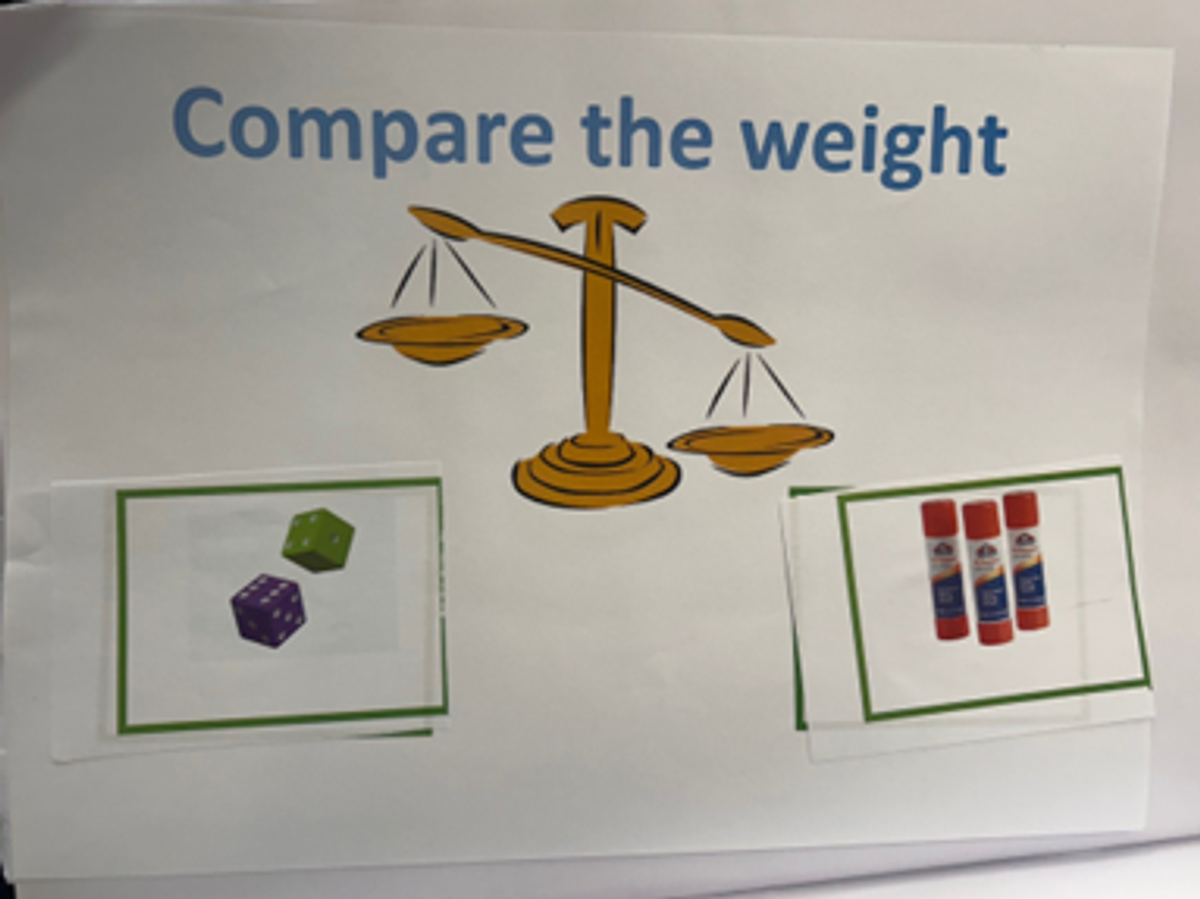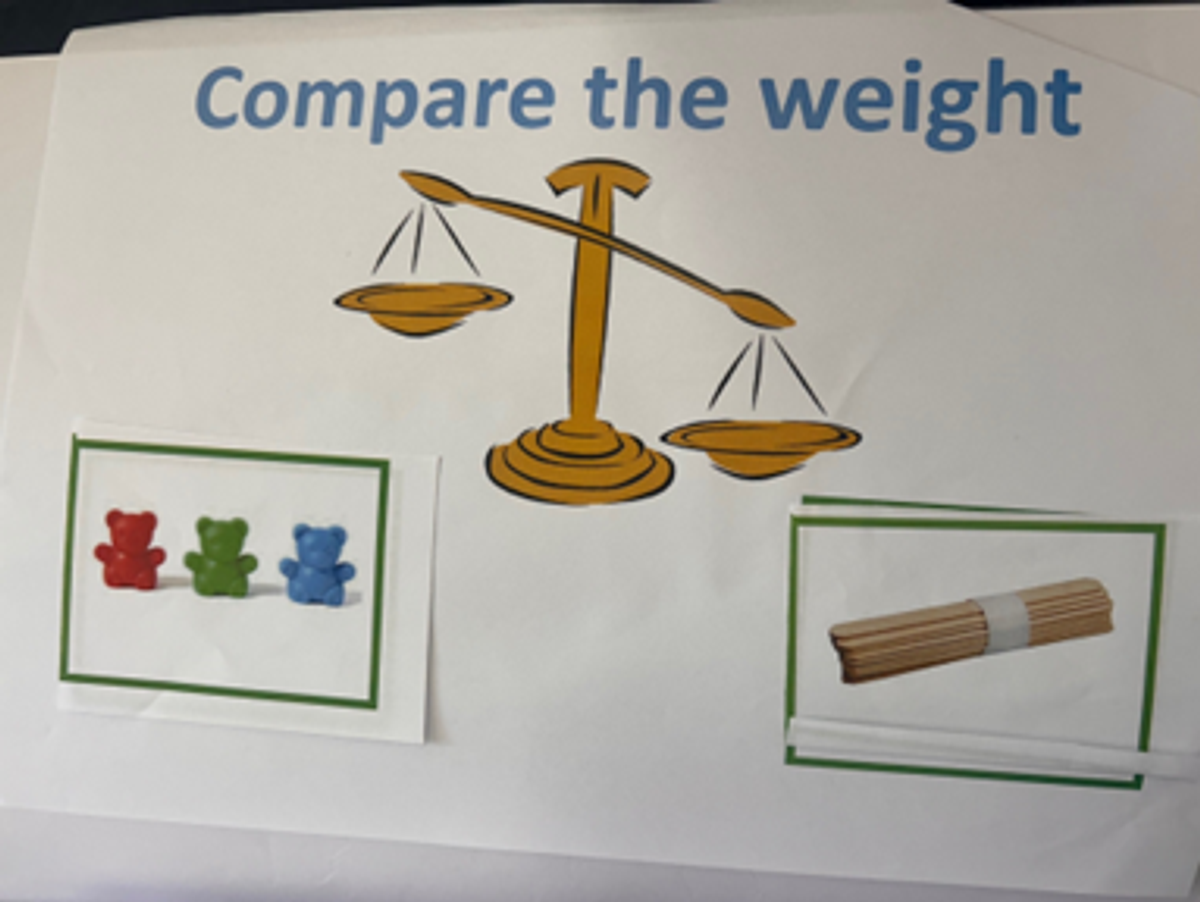Prep Bulletin
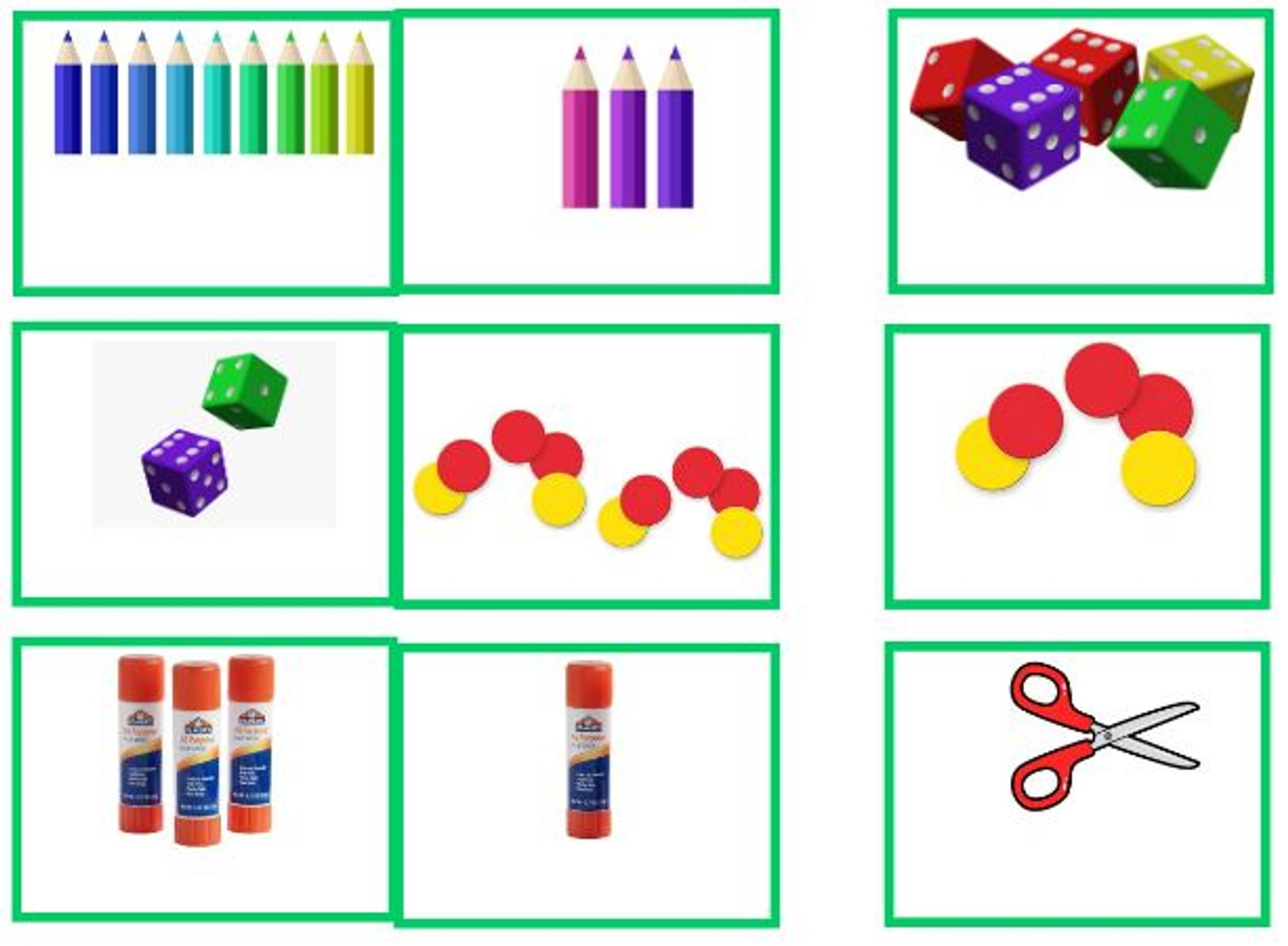
Maths - Measuring
Learning Intention:
To use informal units of measurement to measure.
Learning Experience Overview:
In this lesson, students explored the concepts of measurement, weight, and estimation through a hands-on activity using scales and everyday objects. They practised comparing the weights of two different items, identifying which was heavier and which was lighter.
Fluency Game:
We started the lesson with our fluency game. The teacher selected five students to choose one object from the classroom each. As a class, we discussed how we would order these five items from the lightest object to the heaviest object. There were some interesting conversations about how size doesn’t always determine weight. Some of the biggest objects turned out to be the lightest, while some of the smallest objects were surprisingly heavy! For example, a beanbag and a small box of stones.
Whole:
The teacher modelled the activity by selecting two cards from the pile and collecting the objects on them.
We then had a discussion about which card’s objects we thought would be heavier or lighter. The teacher modelled how to use the scales to check our predictions. We explored what the scales look like when comparing objects. Students were quick to notice that the side that dips lower indicates the heavier item, while the side that rises signifies the lighter one. We also discussed what the scales would look like if the items weighed the same.
Small:
Students participated in the activity by choosing their own cards, making predictions about which would be heavier and lighter, and then testing their guesses using the scales. After testing their predictions, students glued the cards onto the correct sides of the scales.
Enabling: Choose cards with objects 5 or less
Explore: Choose cards with objects more than 5
Extending: Can you make it weigh the same? What could you add/take away?
Student Work Examples:
Whole:
The class came together at the end to discuss. We talked about the significance of size when comparing objects. For example, the bigger teddy bears weighed more than the smaller teddy bears. We also discussed whether the amount of items makes something heavier. For example, six pencils are not necessarily heavier than three glue sticks.
In this learning experience, students are working towards:
- Using informal measurement units to compare and order objects based on weight
- Build estimation skills by predicting weights of various objects and checking those predictions
- Using scales to accurately measure and compare weight and learning to interpret results accurately
What you can do now to continue the learning at home from this experience:
- Measure objects around the house using informal units
- Compare the weights of everyday items and discuss which objects are heavier and lighter
- Estimate the weight of common kitchen items and use a scale to measure the actual weight and compare results
- Cook with your child using scales and measuring cups
Alyssa, Ruby and Julian
Prep Team
Alyssa.Thermos@education.vic.gov.au

